1. High temperature causes demagnetization of injection NdFeB
The reason why NdFeB magnets demagnetize in a high temperature environment is determined by their own physical structure. The reason why a magnet can generate a magnetic field is that the electrons carried by the material itself rotate around the atoms in a certain direction, generating a certain magnetic force.
However, the rotation of electrons around atoms in a given direction is also limited by certain temperature conditions. Different materials of permanent magnets can withstand different temperatures. At a high temperature, the electrons deviate from their original orbits, causing demagnetization.
At this time, the magnetic field of the magnetic material itself will be disturbed, resulting in demagnetization. The temperature resistance of NdFeB magnets is about 200°C, that is, demagnetization will occur above this temperature.
More than one third of injection NdFeB magnetic materials are used to manufacture various permanent magnet motors. The advantages of permanent magnet motors are copper saving, power saving, light weight, small size and high specific power. Applications such as electric bicycle motors, computer drive motors, lathes and other measuring motors, mahjong motors, refrigerator air conditioner motors, wind motors, car starter motors, etc. are various. Magnetic machinery includes magnetic actuators, magnetic gears, magnetic brakes, magnetic clamps, magnetic salvage devices, magnetic bearings, magnetic pumps, magnetic valves, magnetic sealing doors, magnetic locks, permanent magnet jacks, permanent magnets, etc.
2. Other factors that cause demagnetization
The magnetic properties of material of permanent magnet in permanent magnet motors directly affect the efficiency, safety and reliability of permanent magnet motors.
If the motor is improperly designed or used, under the action of high temperature, chemical corrosion, mechanical vibration and armature reaction caused by inrush current, the permanent magnets in the motor are prone to irreversible loss of magnetism, resulting in a sharp decline in motor performance, and may even cause the motor to stop running or burn out.
Because aviation motors face many harsh working conditions, such as mechanical overload caused by vibration and shock, current overload during starting or commutation, and complex atmospheric and temperature conditions.
At the same time, aero-engines have high requirements for reliability. Therefore, in order to be widely used in the aviation field, the permanent magnet motor needs to solve the problem of the loss of magnetism of the motor injection NdFeB.

Other Functional Composite Materials In addition to bonded magnetic compounds, we can also cooperate with customers to develop customized functional composite materials, such as high-density compounds and metal bonded plastic. We are committed to providing customers with new user experience and different design inspiration.
 CN
CN

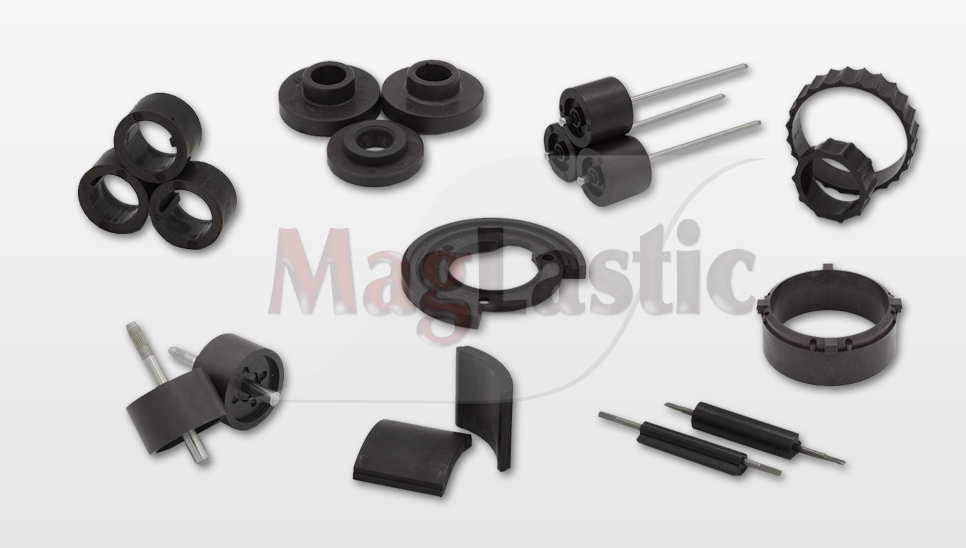
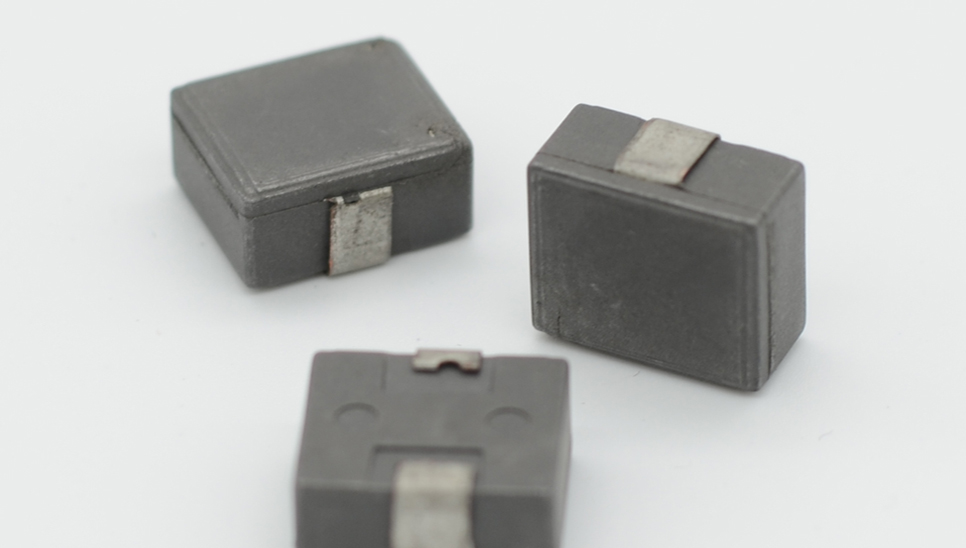
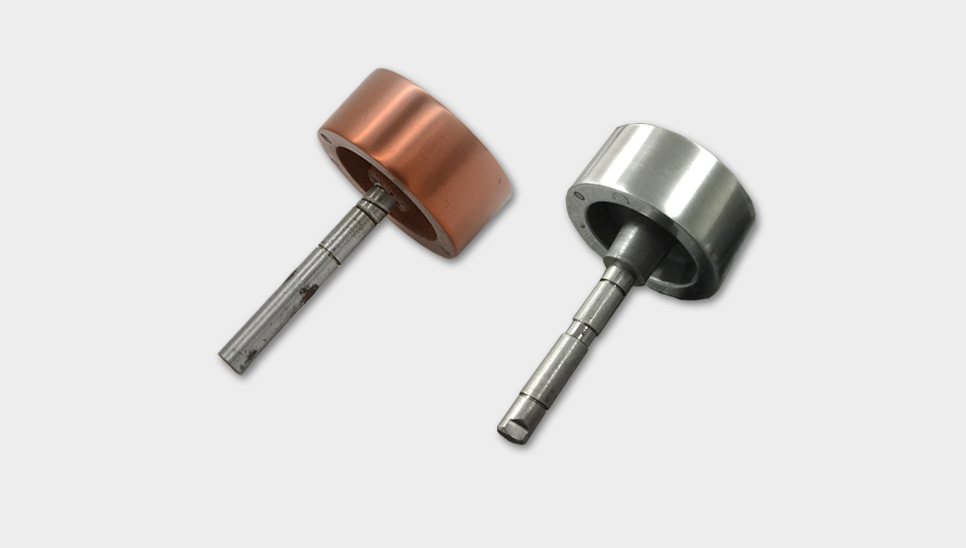
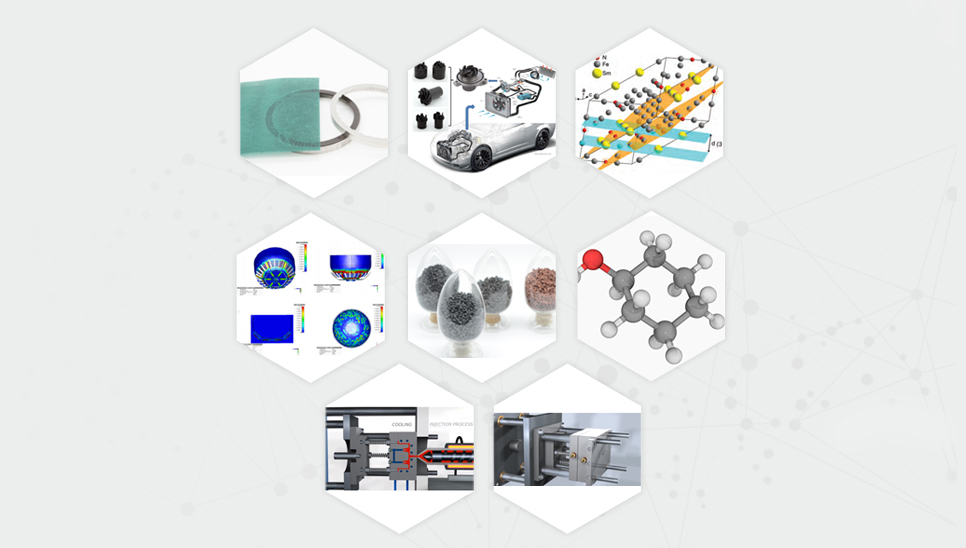

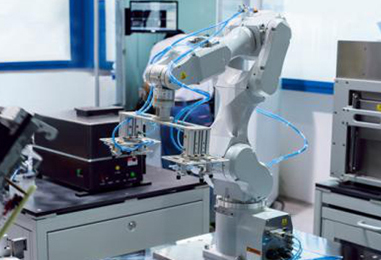
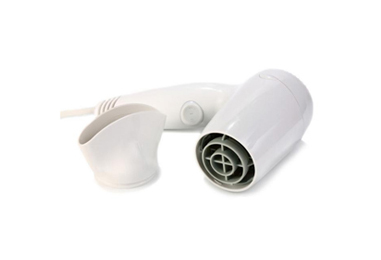

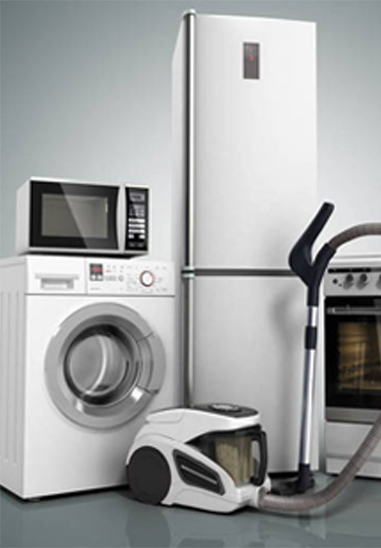

 Call us on:
Call us on:  Email Us:
Email Us:  1F, Building 3, NO.77 Gaoxin 13 road, Xiaoshan district, Hangzhou
1F, Building 3, NO.77 Gaoxin 13 road, Xiaoshan district, Hangzhou